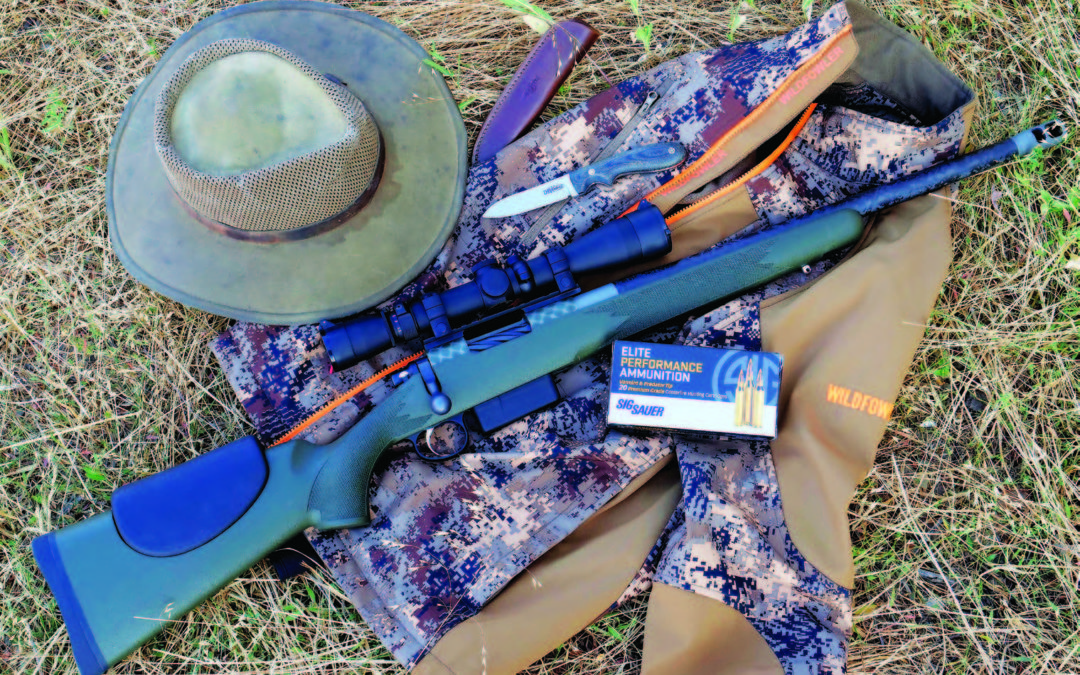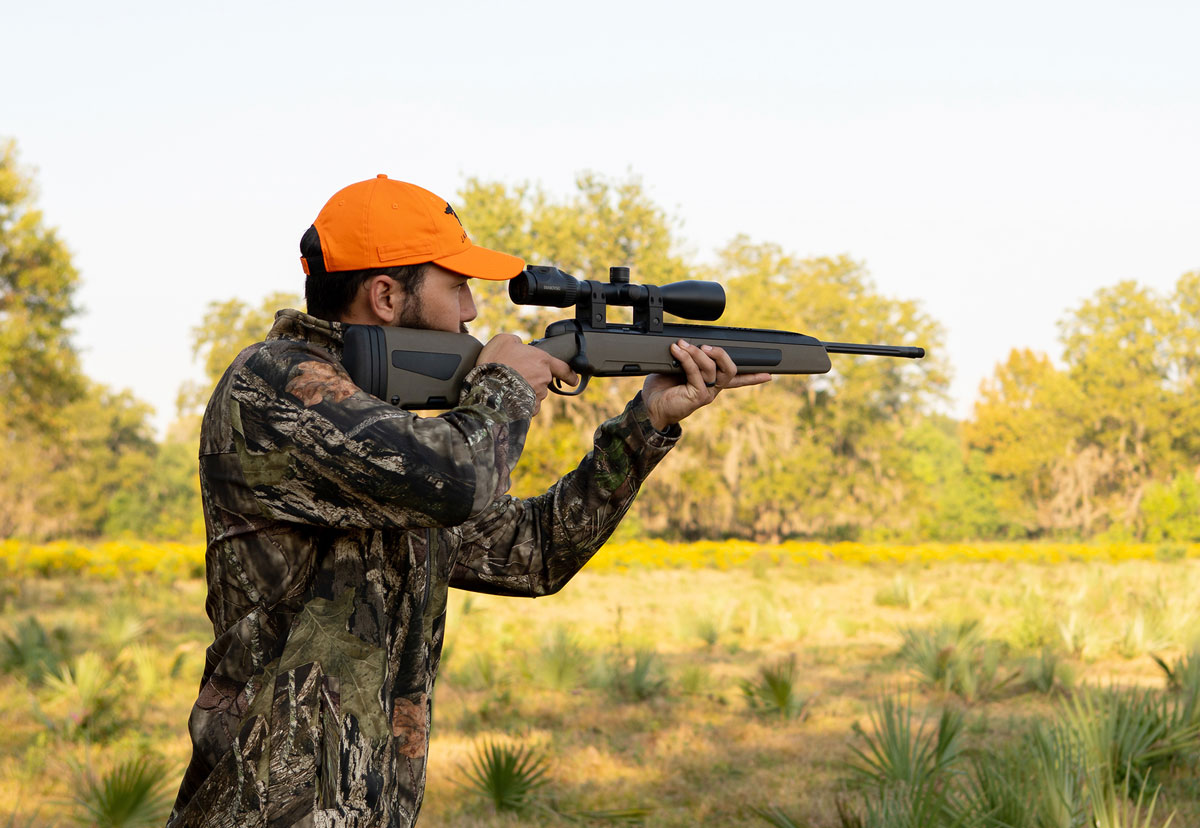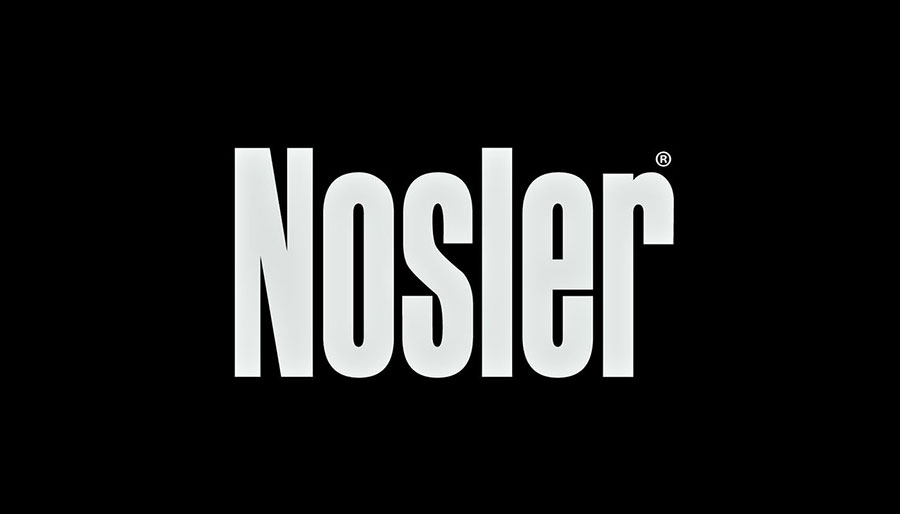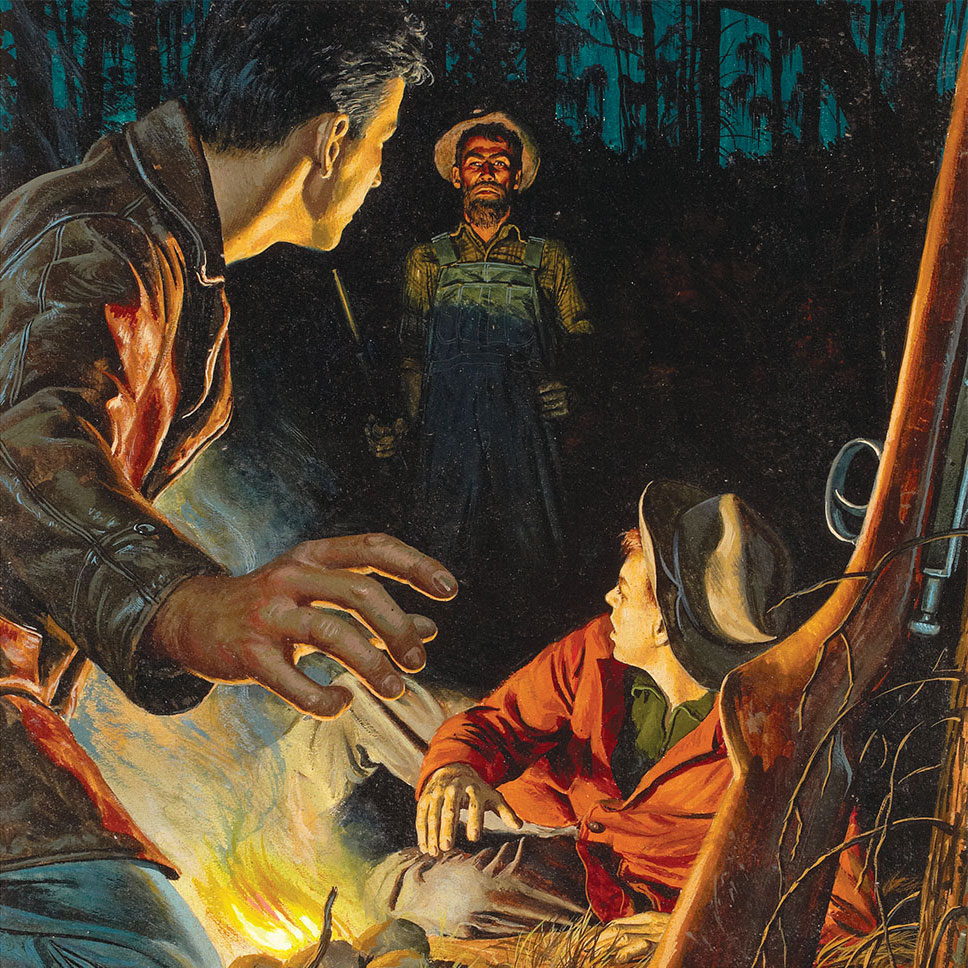Darrell Holland strikes this balance with his thoughtfully designed and precision-engineered High Plains Stalker rifle and FIT-TO-HIT scope reticles.
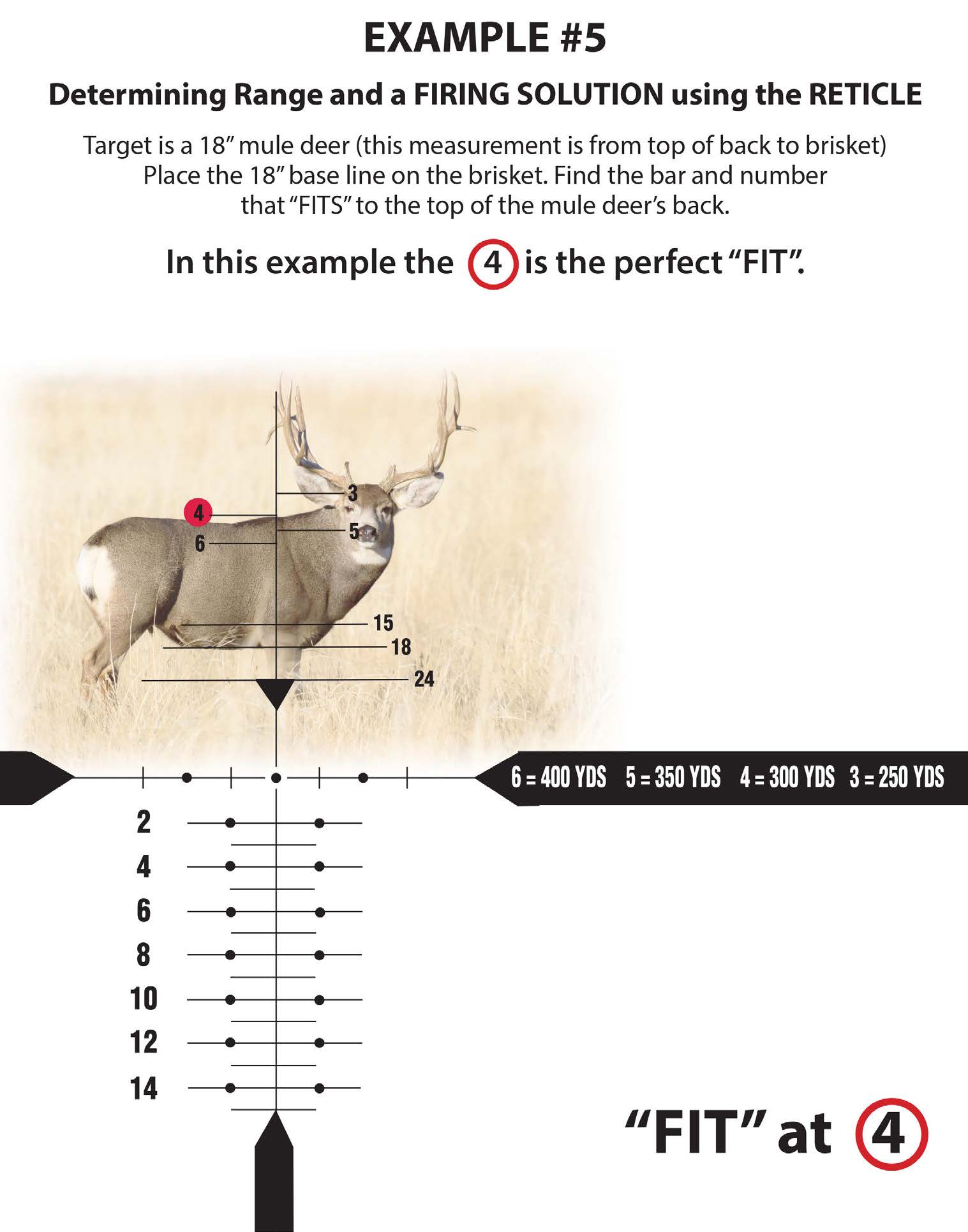
The bracketing rangefinder on the upper half of the FIT-TO-HIT reticle is unique and arguably it’s most useful feature. Place the bottom line that matches the height of your target animal’s chest (18 inches in the case of most mule deer and whitetail bucks) on the animal’s brisket, then note the number of the top line top line (3, 4, 5, 6) that touches it’s back. Select the number of this line (4 in this example) as your MOA aiming reticle on the lower vertical wire for the perfect hold. It’s all easier done than explained.
The High Plains Stalker is no walnut-and-blued classic, but neither is it one of those overweight, convoluted, extreme-range sniper rifles that looks as if it were designed by committee and put together by robots using spare parts from a Caterpillar manufacturing plant. Holland chooses technology judiciously to take advantage of beneficial features without unnecessary bells, bolts and whistles. His designs are not going to shade a Ralph Martini Mauser or Winchester Featherweight esthetically, but they’ll likely put them in accuracy’s rear view mirror.
The Holland High Plains Stalker rifle combines the high-tech stability of a Proof carbon-wrapped barrel mated precisely to a Borden push-feed action carefully Holland blueprinted for perfect bolt/firing pin/chamber/bore alignment.
The barreled action is securely bedded to a Holland designed, hand-laid synthetic stock via aluminum columns and special screws that isolate the trigger guard and floorplate from the bedding system. It’s a true metal-to-metal lockdown that keeps both the action and compact, 20-inch floating barrel free from any stock stresses. Not that this stiff, synthetic stock is likely to develop any.
Inherent accuracy is further enhanced by an adjustable, two-stage, Bix-N-Andy trigger and two-Port Radial Baffle muzzle brake that directs gases left and right, but not down, minimizing dust eruptions.
With proper shooting position and hold, I can watch bullet impacts from the 6.5 Creedmoor rifle I’ve been testing. But when I tire of the brake noise, I can replace it with an optional threaded cap. Or even an ugly suppressor. (If only suppressors looked as good as they sound…)
Holland’s carefully evolved stock design augments shooter precision with a grip palm swell for lateral stability; sharp checkering for a secure grip; curved Kick-EEZ recoil pad for consistent shoulder pocket positioning; and a Soft Touch adjustable comb. This high comb might be the biggest contributor to shooter consistency. Holland is a stickler for a solid, consistent cheek weld that positions the shooter’s eye precisely in-line with the scope reticle. This comb can be tweaked to do that.
I commend Holland for hiding the single adjustment screw inside the top of the comb itself. I won’t comment on those obtrusive, protruding adjustment knobs that look like valve controls in a hydroelectric plant on some of today’s precision rifles.
Flush cup mounts for a side-carry sling are integrated into the left side of the stock, minimizing protrusions while providing a useful option for a more comfortable shoulder carry. My only complaint is that they are a bright silver internally, detracting from the look of the stock. A black finish might be better.
Highland Stalkers are fed via 4-, 5- or 10-round detachable H-S Precision steel box magazines. These, in my estimation, do nothing for the esthetics of the rifle, but this is part of the blending of the old and new. Larger capacity, quick-detach magazines are critical in long-range shooting competitions. I imagine Holland could be talked into a flush mount magazine and probably even a hinged floorplate version. He did joke that he’ll soon have a California compliant single-shot magazine available.
That, in a coconut shell, is the rifle. It is grouping of a couple of factory loads sub-MOA. Despite its short barrel, 140-grain 6.5 factory loads are stepping out at 2,700 fps, give or take 30 fps. At 8.5 pounds it’s no lightweight, but it balances and carries easily, making its precision eminently useful to a hunter loathe to carry and manage long, heavy, more complicated long range rifles.
This leaves us with one more stone to turn: that FIT-TO-HIT scope reticle. The reticle provides a ranging and firing solution out to 400 yards— all within the scope view—without the need for a laser, smart phone app or advanced calculus.
FIT-TO-HIT works via precisely calibrated reticles and bracketing or subtending to determine distance to target. Aiming points are based in MOA, the same language the scope turrets speak. Range-finding lines on the top half of the reticle include clearly marked reference numbers for bracketing the brisket-to-withers height of common game species from pronghorn and small whitetails (15 inches) to mule deer and big whitetails (18 inches) to elk (24 inches.) The upper FIT line, which brackets a target animal’s withers, is numbered. That number corresponds to the MOA aiming line on the lower vertical reticle.
It’s all more easily done than explained, but the upshot is that a hunter can range his target, select his precise aiming reticle, and make killing shots out to 400 yards without external aids.
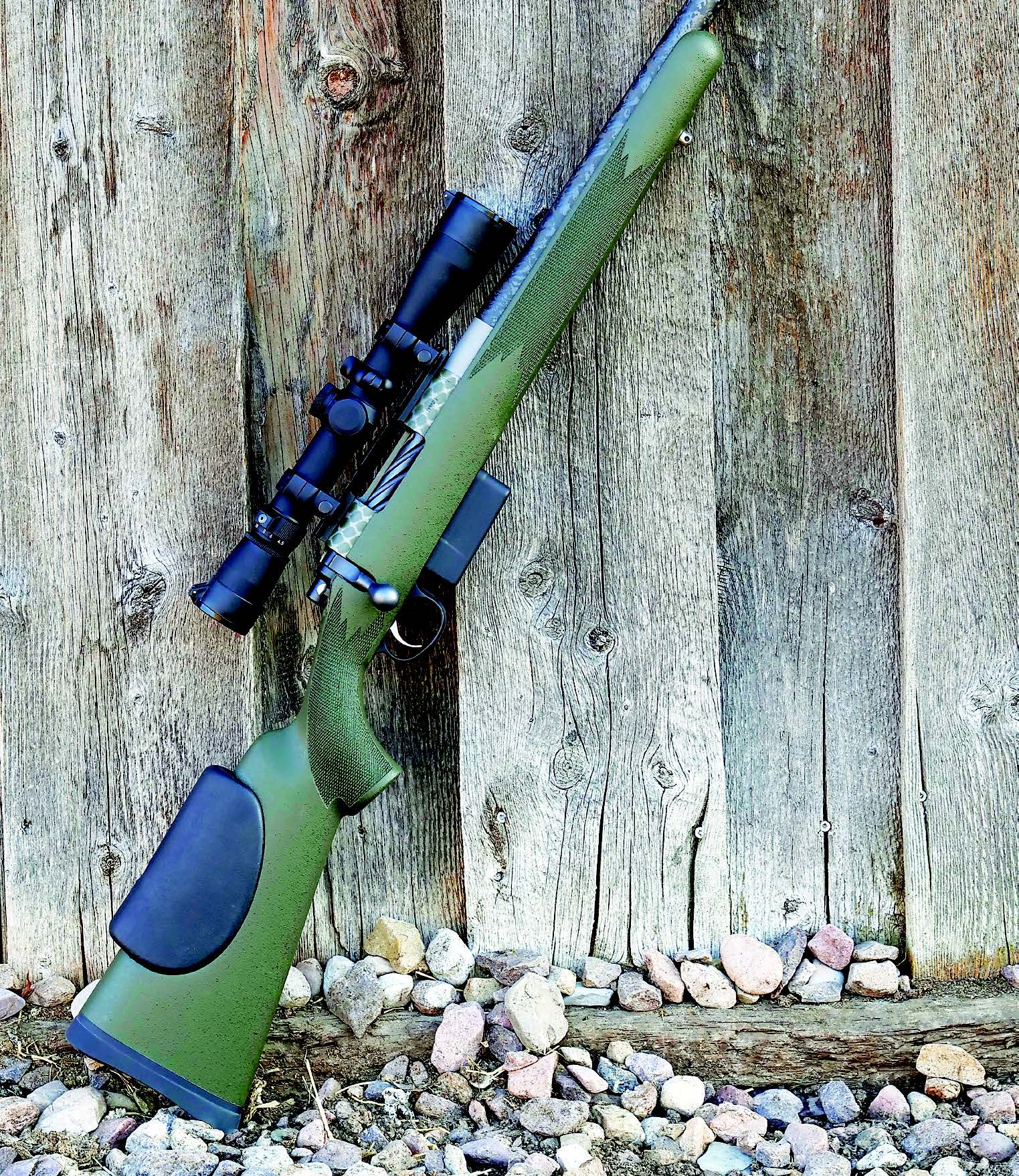
Holland’s High Plains Stalker represents a balance of new technology and traditional rifle handling. A synthetic stock and adjustable comb combine with a metal-to-metal bedding system to maximize precision shooting.
Of course, each rifle/cartridge/bullet must be calibrated to the scope, but this is easily done via Holland’s Ultimate Data Card ballistic software shipped with each scope. You enter bullet B.C., muzzle velocity and environmental conditions like temperature and altitude. The software prints out a trajectory table showing which MOA reticle corresponds to which distance. You then change your zero distance until MOA 6 matches the 400-yard distance.
I started my Nosler 142-grain AccuBond Long Range load with a 100-yard zero, but eventually moved that to 150 yards to match the 6 MOA and 400-yard range. That resulted in vital zone hits at 400 yards and all closer ranges.
Should you wish to engage steel plates beyond 400 yards, just print out a Long Range Data Card, measure target distance with a laser, and select from among the scope’s 21 MOA hash marks as indicated on the Data Card. This should take most modern cartridges out to 700 or 800 yards. Combine the reticle with a dial turret and your reach could extend to 1,200 yards.
And you’re still functioning without the help of a smartphone.
Holland offers FIT-TO-HIT reticles in select Leupold and Schmidt & Bender scopes. The VX-3i 4.5-14x40mm atop my sample High Plains Stalker seems like a good match for roaming the West in search of everything from coyotes to elk. This could be the mythical do-all field rifle, though I’d rather it be chambered 6.5 PRC, 7mm-08 Remington or one of my old favorites, 284 Winchester. Beware the hunter with just one gun. Especially this one.
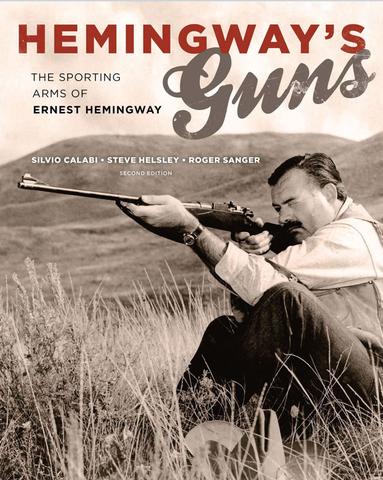 Following years of research from Sun Valley to Key West and from Nairobi, Kenya to Hemingway’s home in Cuba, this volume significantly expands what we know about Hemingway’s shotguns, rifles, and pistols—the tools of the trade that proved themselves in his hunting, target shooting, and in his writing. Weapons are some of our most culturally and emotionally potent artifacts. The choice of gun can be as personal as the car one drives or the person one marries; another expression of status, education, experience, skill, and personal style. Including short excerpts from Hemingway’s works, these stories of his guns and rifles tell us much about him as a lifelong expert hunter and shooter and as a man. Shop Now
Following years of research from Sun Valley to Key West and from Nairobi, Kenya to Hemingway’s home in Cuba, this volume significantly expands what we know about Hemingway’s shotguns, rifles, and pistols—the tools of the trade that proved themselves in his hunting, target shooting, and in his writing. Weapons are some of our most culturally and emotionally potent artifacts. The choice of gun can be as personal as the car one drives or the person one marries; another expression of status, education, experience, skill, and personal style. Including short excerpts from Hemingway’s works, these stories of his guns and rifles tell us much about him as a lifelong expert hunter and shooter and as a man. Shop Now
